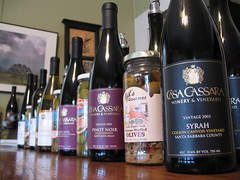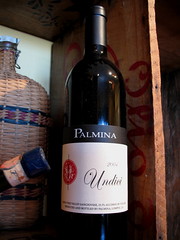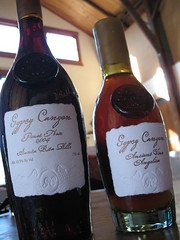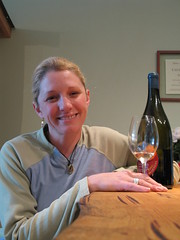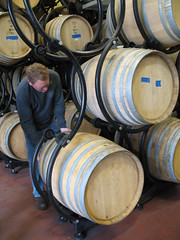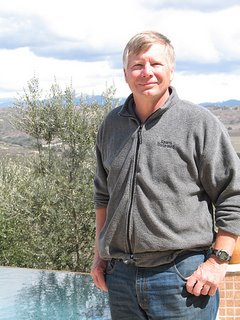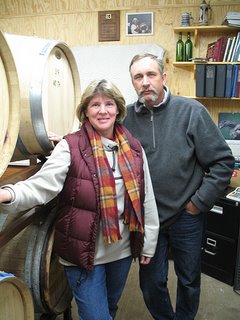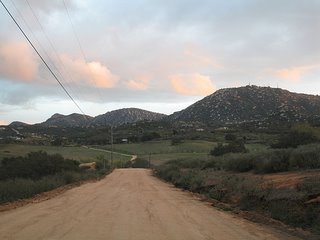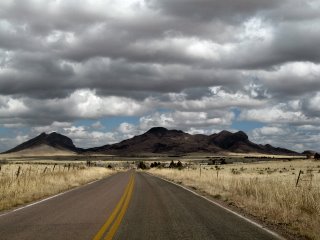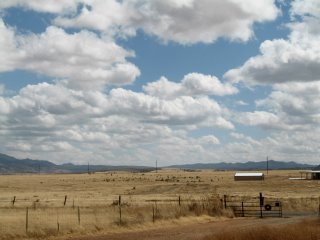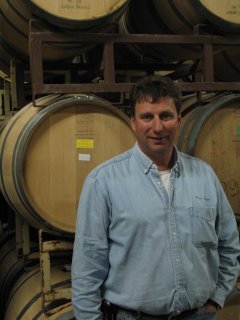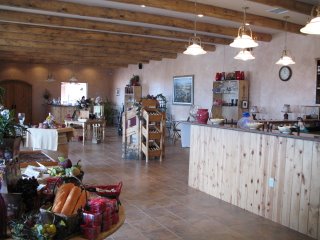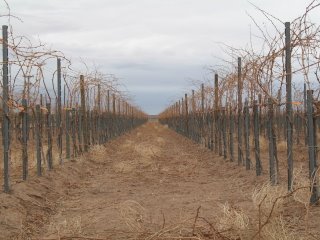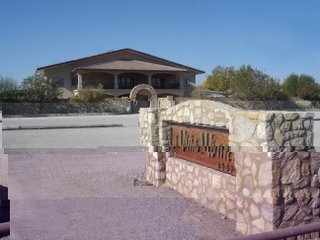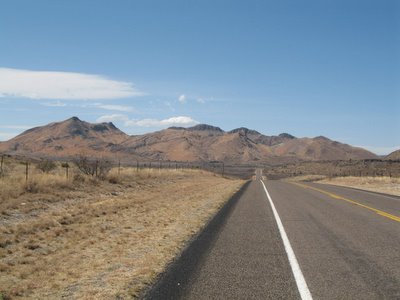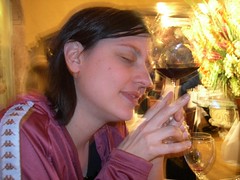Carmody McKnight
 Gary Carmody believes there's a turning point coming for California wine: a thunderbolt of interest in how the whole picture of terroir--not only climate, but soil composition--works to improve the potential of the grapes.
Gary Carmody believes there's a turning point coming for California wine: a thunderbolt of interest in how the whole picture of terroir--not only climate, but soil composition--works to improve the potential of the grapes.Terroir is a hot topic, to be sure. Recently, UC Davis hosted the Terroir '06 Conference this last week, a rather large to-do with some of the big players on the California scene as well as an impressive number of participants from vineyards all over the country. Topics such as 'Expressions of Terroir in Vine and Grape Physiology' and 'Marketing the Romance of Terroir' were on the list of seminars. I, personally, find the latter rather interesting, and would've loved to have been a fly on the wall for that one. There's a lot of controversy right now over whether the whole terroir thing is truth or hype. The annoying fact is, it's both.
Gary's own Carmody McKnight vineyard, located in the gorgeous Northwestern corner of West Paso Robles, is being studied intensely by the Cal Poly Earth and Soil Sciences and Food Chemistry department.
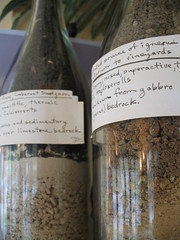 Gary, a painter and actor, gets pretty excited about this. He spends a lot of time thinking about how the plot of land that bears his name might truly be, as his website proclaims, A Vineyard Supremely Endowed by Nature. As he talks, he holds a booklet from the conference in his lap, enthusiastically quoting speakers who have piqued his interest. His enthusiasm is infectious, and by the end of our conversation, we've established that the nascent personality of a wine coming from it's home acre has parallels in everything from Van Gogh to Pink's Hot Dogs.
Gary, a painter and actor, gets pretty excited about this. He spends a lot of time thinking about how the plot of land that bears his name might truly be, as his website proclaims, A Vineyard Supremely Endowed by Nature. As he talks, he holds a booklet from the conference in his lap, enthusiastically quoting speakers who have piqued his interest. His enthusiasm is infectious, and by the end of our conversation, we've established that the nascent personality of a wine coming from it's home acre has parallels in everything from Van Gogh to Pink's Hot Dogs.As we sit in a resident living room on the property, a nicely appointed space with a Tuscan theme, Gary's winemaker Greg Cropper stepped in from the rain and offered us coffee. By now, I've heard a lot about the beauty of terroir and am interested in specifics. Can they tell me, specifically, about an element of the soil and its role in making wine better?
The answer I get is limestone. "Without limestone, you cannot have a superior wine...why else would Thomas Jefferson rave about Romanee-Conti?" Gary said. Being the little devil's advocate I am, point out that one might argue that hype, not truth, could be the answer. Gary suggests looking to history. "All the great wines from France that have sustained themselves for decades are grown in limestone soils."
Maybe so. The idea in a nutshell is that limestone, being rich in calcium, causes the vines to struggle, and balances pH, which in turn creates structure in the finished product.
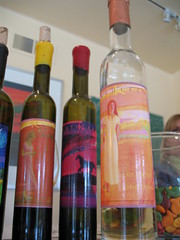 I was impressed with the knowledge and the enthusiasm. And the Late Harvest Chardonnay, too. That was nice stuff. The only thing missing out of all this hoopla, however, was the proof-in-the pudding. The red wines, a collection of 100% varietal Bordeaux blends, were good, but I felt like they fell short of the promise of the finest plot of land in Paso. They were fruity, had decent structure, and the characteristics of violet aromas and cocoa notes that seem to be part of the West Side, but I wanted them to...well, have more of the personality I'd been pitched.
I was impressed with the knowledge and the enthusiasm. And the Late Harvest Chardonnay, too. That was nice stuff. The only thing missing out of all this hoopla, however, was the proof-in-the pudding. The red wines, a collection of 100% varietal Bordeaux blends, were good, but I felt like they fell short of the promise of the finest plot of land in Paso. They were fruity, had decent structure, and the characteristics of violet aromas and cocoa notes that seem to be part of the West Side, but I wanted them to...well, have more of the personality I'd been pitched.Gary and Greg plan to "grow smaller" as they expand production by reducing yields and making wines from specific plots of land. I think it will be interesting to see how the wines are then.


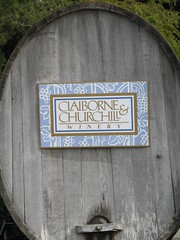 If you've been reading this blog for any length of time, you know I'm a firm believer that
If you've been reading this blog for any length of time, you know I'm a firm believer that 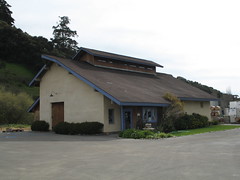

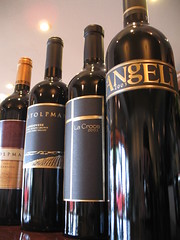 Also doing a damned decent job was the small production house
Also doing a damned decent job was the small production house 